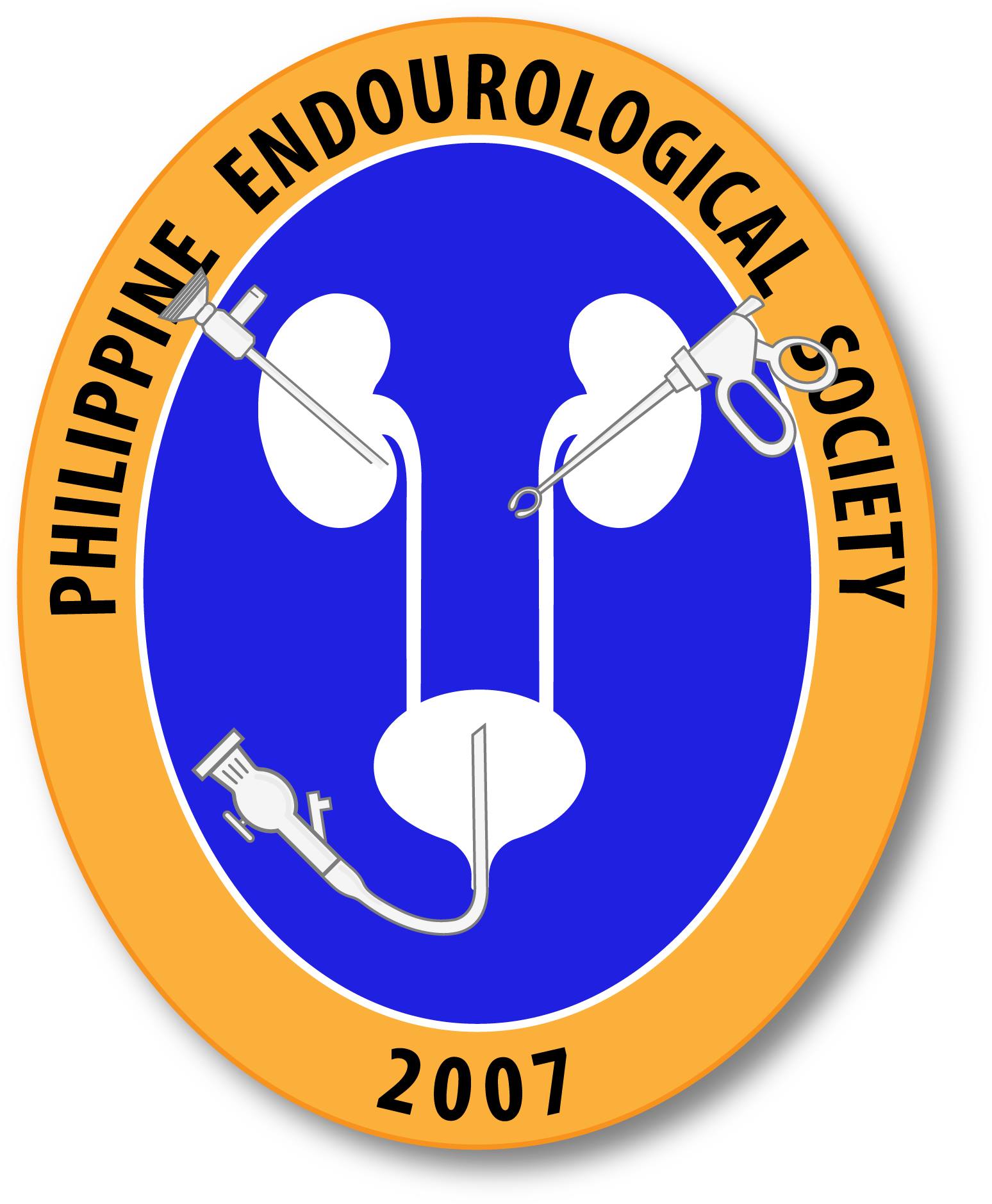Testis developmental related gene 1 regulates the chemosensitivity of seminoma TCam-2 cells to cisplatin via autophagy.
We previously identified testis developmental related gene 1 (TDRG1), a gene implicated in proliferation of TCam-2 seminoma cells. Recent evidence has revealed that autophagy influences the chemosensitivity of cancer cells to chemotherapy. However, whether TDRG1 protein regulates autophagy in seminoma cells and influences their sensitivity to cis-dichlorodiammine platinum (CDDP) remains unknown. In this study, we […]
